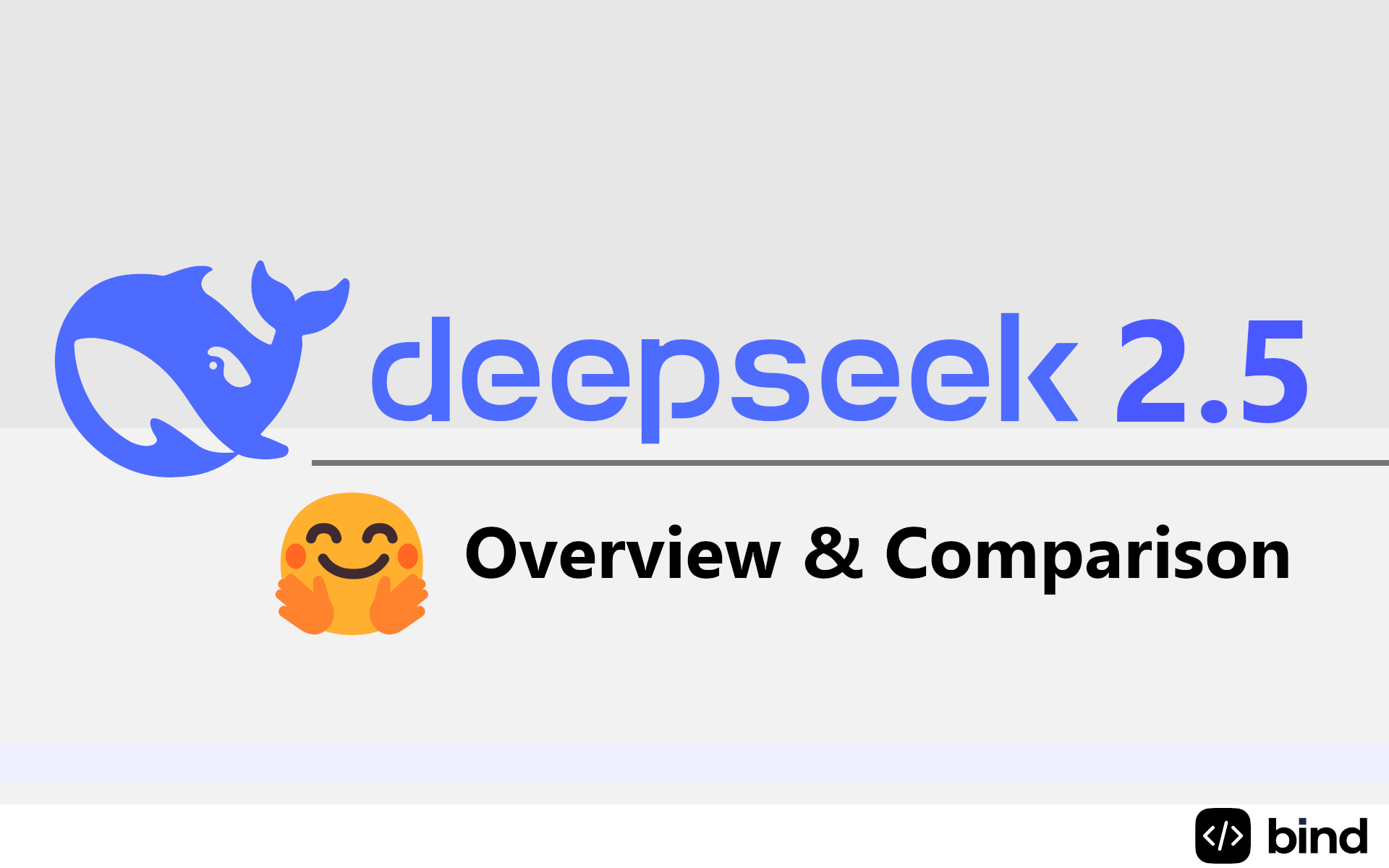It's been a number of days given that DeepSeek, a Chinese expert system (AI) business, rocked the world and global markets, sending American tech titans into a tizzy with its claim that it has built its chatbot at a small portion of the expense and energy-draining data centres that are so popular in the US. Where business are putting billions into transcending to the next wave of artificial intelligence.
DeepSeek is everywhere today on social networks and is a burning topic of discussion in every power circle worldwide.

So, what do we know now?
DeepSeek was a side project of a Chinese quant hedge fund company called High-Flyer. Its cost is not simply 100 times cheaper however 200 times! It is open-sourced in the true meaning of the term. Many American companies try to resolve this problem horizontally by developing larger information centres. The Chinese companies are innovating vertically, utilizing new mathematical and engineering approaches.
DeepSeek has now gone viral and is topping the App Store charts, having actually vanquished the previously indisputable king-ChatGPT.

So how exactly did DeepSeek manage to do this?
Aside from more affordable training, not doing RLHF (Reinforcement Learning From Human Feedback, a device learning technique that utilizes human feedback to enhance), quantisation, and caching, where is the reduction coming from?
Is this due to the fact that DeepSeek-R1, wikitravel.org a general-purpose AI system, isn't quantised? Is it subsidised? Or is OpenAI/Anthropic simply charging too much? There are a couple of standard architectural points intensified together for big cost savings.

The MoE-Mixture of Experts, a machine knowing strategy where numerous specialist networks or students are utilized to break up a problem into homogenous parts.
MLA-Multi-Head Latent Attention, utahsyardsale.com most likely DeepSeek's most crucial innovation, to make LLMs more efficient.
FP8-Floating-point-8-bit, an information format that can be used for training and inference in AI models.
Multi-fibre Termination Push-on ports.
Caching, a procedure that stores several copies of information or files in a short-term storage location-or cache-so they can be accessed quicker.
Cheap electricity
Cheaper supplies and expenses in general in China.
DeepSeek has likewise pointed out that it had priced previously versions to make a little earnings. Anthropic and OpenAI were able to charge a premium given that they have the best-performing designs. Their clients are also mostly Western markets, classihub.in which are more upscale and photorum.eclat-mauve.fr can manage to pay more. It is also crucial to not underestimate China's objectives. Chinese are known to sell products at very low rates in order to compromise competitors. We have previously seen them offering products at a loss for 3-5 years in markets such as solar energy and electric cars till they have the marketplace to themselves and can race ahead technologically.
However, we can not manage to discredit the truth that DeepSeek has actually been made at a cheaper rate while using much less electrical energy. So, what did DeepSeek do that went so right?
It optimised smarter by showing that remarkable software can conquer any hardware restrictions. Its engineers ensured that they focused on low-level code optimisation to make memory use efficient. These enhancements ensured that performance was not hindered by chip restrictions.
It trained only the important parts by using a method called Auxiliary Loss Free Load Balancing, which made sure that just the most pertinent parts of the model were active and oke.zone upgraded. Conventional training of AI models normally includes upgrading every part, including the parts that do not have much contribution. This results in a big waste of resources. This led to a 95 percent reduction in GPU use as compared to other tech huge companies such as Meta.
DeepSeek utilized an ingenious method called Low Rank Key Value (KV) Joint Compression to get rid of the difficulty of reasoning when it concerns running AI models, which is highly memory extensive and incredibly costly. The KV cache stores key-value sets that are necessary for attention mechanisms, which consume a lot of memory. DeepSeek has actually found a solution to compressing these key-value pairs, using much less memory storage.

And now we circle back to the most essential component, forum.batman.gainedge.org DeepSeek's R1. With R1, DeepSeek generally cracked among the holy grails of AI, which is getting designs to reason step-by-step without counting on massive supervised datasets. The DeepSeek-R1-Zero experiment revealed the world something amazing. Using pure reinforcement finding out with thoroughly crafted reward functions, DeepSeek managed to get models to develop advanced reasoning abilities totally autonomously. This wasn't simply for troubleshooting or analytical; instead, the design naturally learnt to generate long chains of thought, self-verify its work, and assign more computation issues to tougher problems.
Is this an innovation fluke? Nope. In reality, DeepSeek might simply be the guide in this story with news of numerous other Chinese AI designs turning up to provide Silicon Valley a jolt. Minimax and Qwen, both backed by Alibaba and bytes-the-dust.com Tencent, are a few of the high-profile names that are promising big modifications in the AI world. The word on the street is: America constructed and keeps building bigger and larger air balloons while China just built an aeroplane!
The author is a freelance journalist and functions author based out of Delhi. Her primary locations of focus are politics, social concerns, climate modification and lifestyle-related subjects. Views revealed in the above piece are personal and exclusively those of the author. They do not always show Firstpost's views.








